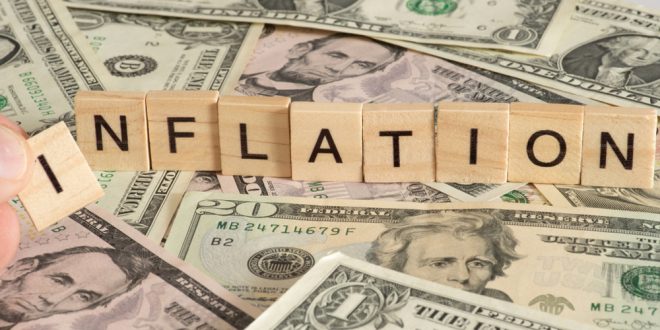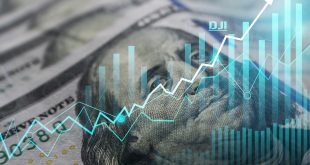The recent surge in consumer inflation in the United States is likely to be temporary, as recent remarks by the Federal Reserve officials indicated prior to the release of last month’s reading of the consumer price index (CPI) which rose 5% on an annual level.
The inflation rate, which exceeded market expectations, registered its biggest increase in about 13 years, since 2008. Likewise, the core inflation rate soared by 3.8%, with its biggest increase since 1992.
Some analysts believe that the coming months will see inflation easing, after peaking due to the comparison with the comparable period of last year, when the onset of the coronavirus pandemic prompted lockdown measures and limitation in business activities.
This will assure markets that Fed officials were right in anticipating a transitory surge in inflation, which explains why they repeatedly said it would not lead to a change in monetary policy or hiking the historically low interest rates.
But in the coming days, we can expect fewer expectations and more actions, when the Federal Open Market Committee (FOMC) meets on June 15-16 to announce their rate decision and policy stance.
Recently, much has been said about how and when the Fed should start thinking about thinking about tapering or cutting back its massive $120 billion monthly asset purchases, a move that Fed Chair Jerome Powell has already told us it would come before any rate hikes.
However, a move was already taken as the Fed decided to halt purchases of corporate bonds, but this is yet to reflect on the size of its bond and securities buying activity.
Various analysts believe the Fed will likely begin reducing the bond-buying later this year while moving interest rates is not expected before 2023.
It remains to be seen how a higher than expected surge in inflation might reflect on the Fed’s policy, but it is still more likely it would fall into the planned route for recovery and achieving the full employment and price stability targets.
 Noor Trends News, Technical Analysis, Educational Tools and Recommendations
Noor Trends News, Technical Analysis, Educational Tools and Recommendations





